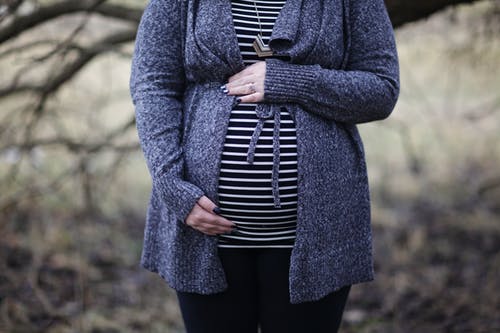
There are lots of reasons why you might want to track when you ovulate – the obvious one is to help you get pregnant, as the days leading up to ovulation are your most fertile time. You might also be doing it to help you reduce the risk of pregnancy, avoiding the time when you’re more likely to conceive. It’s also one of the ways you can monitor your health – if your body starts to depart from its regular cycle, it could be an early indicator that something is amiss!
Today we’re taking a look at how you can track your ovulation, even if this is a totally new subject for you!
OPKs
This is a term you might see used a lot in relation to this subject, but what does it mean? OPK stands for Ovulation Predictor Kit, and it’s a convenient way to find out if you’re ovulating, though not suitable for everyone.
These work like pregnancy tests – you need to test your urine with a stick, which will change in response to the hormones it finds. OPKs are looking for a surge of the Luteinising Hormone (or LH) that stimulates your ovaries to release an egg. More modern OPKs have a digital component that provides an easier to interpret result, and can help to log your data, and show how it changes over time.
Other Kinds of Hormone Tests
There are other kinds of ovulation tests that work with your hormones. Some use your saliva, which starts to show elevated levels of oestrogen and electrolytes (salts that are dissolved in your body) around the time you ovulate. You can test for this yourself by letting a sample of your saliva dry and then looking at it under a magnifying glass. If you see a ferning pattern, like frost on a window or windscreen, this shows your electrolyte levels are elevated.
Basal Body Temperature
Another – potentially more accurate method – is to use your basal body temperature to track when you’re going to ovulate. This is the minimum level your body falls to when it’s in a period of rest and your metabolism drops to its minimum. It changes by tenths of a degree in response to your menstrual cycle, and if you can identify a pattern of changes showing a drop followed by a three day rise, you are actually seeing ovulation happen!
It requires taking your temperature every day as soon as you wake up to access that low level, so you may wish to invest in an advanced BBT thermometer which can take your temperature automatically overnight, log the result and turn it into an algorithm determined prediction of when you’ll next ovulate!